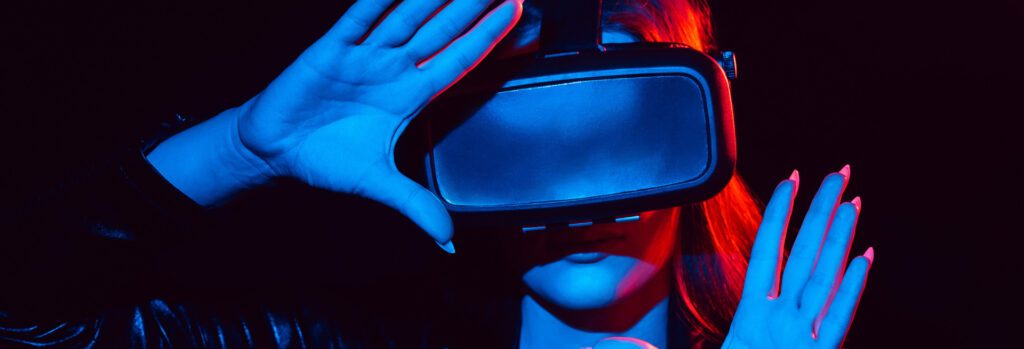New Clean Hydrogen Tax Credit on the Horizon
A new tax credit, the clean hydrogen tax credit, may be on the horizon for businesses that invest...

Extended reality (XR) is defined as an emerging umbrella name for all the existing immersive technologies, namely Augmented Reality (AR), Virtual Reality (VR), and Mixed Reality (MR), in addition to those that are still to be developed. All these existing immersive technologies extend our experienced reality by either mixing the virtual and real worlds or by creating a fully immersive feel. Latest research revealed that XR will be the mainstream in the next few years.
AR overlays a virtual layer on top of reality with virtual contents which mainly comes into two formats, 1) virtual objects which are placed in real environments and are hard to be distinguished from real world objects, an application example is the widely used ‘Pokémon GO’ game, 2) Virtual information provides notations, sensory data, real-time maps, and so on, to help users better understand the real world environment and deliver desired assistance, and as an example AR navigation information can be displayed in real-time to help vehicle drivers.
In AR both real environment and virtual contents can be observed simultaneously through either non-immersive AR using handheld smart devices or immersive AR using Optical Head-mounted Devices (OHMDs) such as smart glasses which presents mixed environments directly in users’ sight. These smart devices work by sending sensing information data like head and eye tracking in addition to real-time videos of real environments to the server which could be an edge server, core cloud, or a computer which process that information deploying Artificial Intelligence (AI), particularly Machine Learning (ML) algorithms, then render the virtual content.

VR is different than AR in that all contents presented virtually and are not related to the user’s real surrounding world, by synthesizing an immersive environment which can be separated from the real world. The real surrounding environment is blocked by occluded Head-mounted Devices (HMDs) to provide the user with immersive feel.
The way VR HMD works is by sending head and eye tracking which is a sensing information to the server which performs complex AI computations to understand users’ behaviors, and it doesn’t actually require a video of the surrounding environment as all presented contents are virtual, then the pre-created videos are saved in the server storage to be rendered based on the sensing data information, and ultimately it gets sent back to the HMD for decoding and display.
MR is a broad concept that encapsulates all the technologies that combine real and virtual environments, and it is considered an advanced version of AR. When compared to AR, MR delivers richer and more capable contents where users are allowed to interact with active virtual contents contrary to AR which only allows for passive virtual contents. Compared with smartphones and tablets, OHMDs are known to be extensively used for MR as they provide more immersive experiences.
The architecture of MR is similar to that of AR, however the machine learning computing algorithms of MR are known to be very complex in which they use very advanced mathematical learning approaches with novel regularization techniques which give them very high generalization rate which ultimately give them the power to provide more interactions with virtual contents. Research is still running to even make XR more usable by integrating 6G wireless systems and the next-generation Wi-Fis allowing hindrance-free movement and support of multiple users simultaneously.
Companies that are innovating extended reality technologies are likely to be eligible for several funding programs including government grants, and SR&ED.
Want to learn about funding opportunities for your project? Schedule a free consultation with one of our experts today!
Explore our latest insights
More arrow_forward
A new tax credit, the clean hydrogen tax credit, may be on the horizon for businesses that invest...

The Clean label has transitioned from trend to a lifestyle placing pressure on the food and bever...

The Industry 4.0 represents a blend of two industries: information technology and manufacturing. ...

Provincial governments are slowly unveiling their provincial budgets outlining fiscal strategies ...